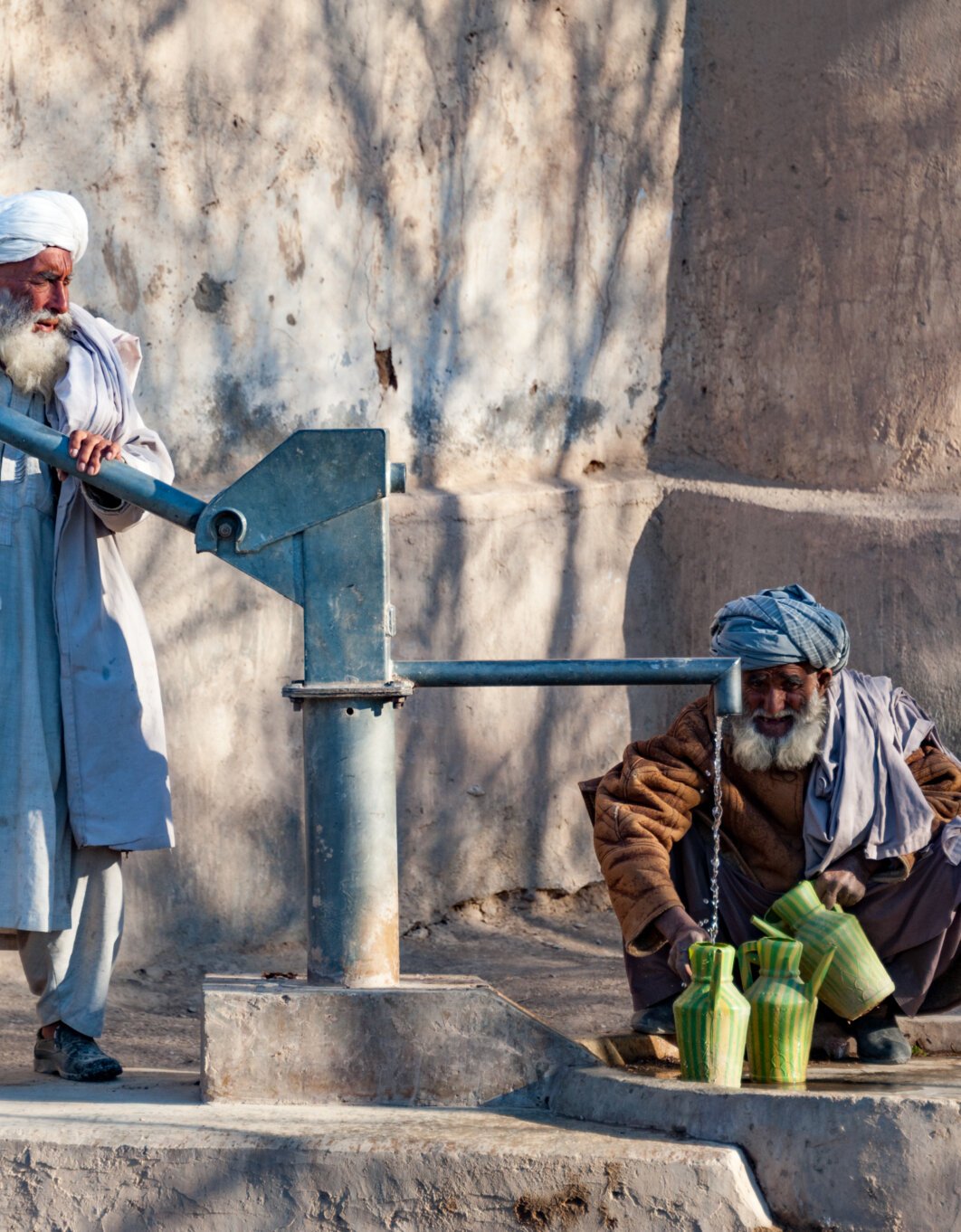
This evaluation aimed to assess the effectiveness and long-term impact of World Vision Afghanistan’s multi-sectoral humanitarian response across Herat, Badghis, and Ghor provinces. The program focused on delivering life-saving interventions in WASH, health, nutrition, and food security to communities severely impacted by prolonged drought. The evaluation sought to measure not only immediate outcomes but also the sustainability and relevance of the assistance provided.
Methodology:
A comparative evaluation framework was applied, analyzing baseline and end-line data to track changes in key outcome indicators. The approach incorporated:
- Structured Surveys: Used to capture household-level data on access to services, food security, and health and nutrition status.
- Key Informant Interviews: Conducted with stakeholders and community leaders to assess program coherence and coordination.
- Mixed-Methods Analysis: Allowed for triangulation of findings and a comprehensive view of community needs, response effectiveness, and adaptive capacity.
Scope of Work:
- Tool Design: Development of culturally sensitive and sector-specific data collection instruments.
- Field Data Collection: Deployment of trained teams to conduct surveys and interviews across the target provinces.
- Data Analysis: Comparison of baseline and end-line indicators to measure impact across multiple sectors.
- Reporting: Delivery of a final evaluation report, highlighting key achievements, challenges, and strategic recommendations for future humanitarian programming.
Key Findings and Impact:
The evaluation found measurable improvements in access to safe water, nutrition services, and household food security. Community feedback indicated high relevance and acceptance of the interventions, though gaps in long-term sustainability and system-level coordination were noted.
The findings provided World Vision Afghanistan with critical insights to refine its multi-sectoral response strategies, strengthen program sustainability, and improve targeting in future drought-related emergencies.
